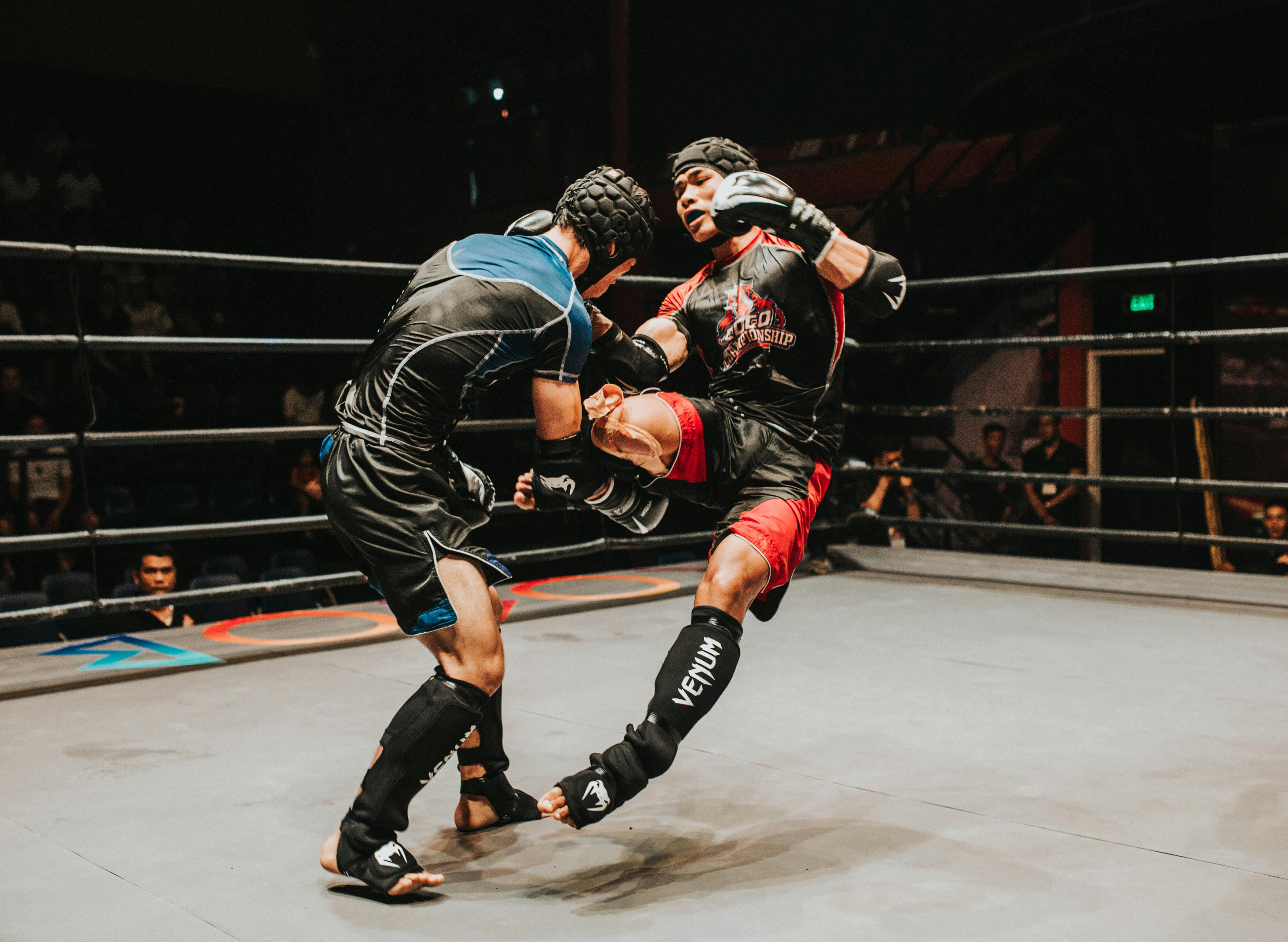Breaking Barriers: An Insight into Mixed Martial Arts and Its Global Influence
Mixed Martial Arts (MMA) is a combat sport that has rapidly grown in popularity over the past two decades. Its brutal efficiency combines techniques from various martial arts disciplines, making it an exciting spectacle to watch. This sport has not only captivated audiences worldwide but has also revolutionized the concept of combat sports. Let's dive into the world of MMA, its history, current trends, and its profound impact on the global sporting scene.

The Genesis of MMA: A Brief History
MMA can trace its roots back to ancient civilizations, where hybrid combat sports were a common feature in cultural festivals. However, the modern incarnation of MMA began in the early 20th century with the advent of Vale Tudo in Brazil, a no-holds-barred fighting style that combined various martial arts techniques. It wasn’t until the creation of the Ultimate Fighting Championship (UFC) in the early 90s that MMA gained global recognition. The UFC was initially marketed as a tournament to determine the most effective martial art, pitting fighters of different disciplines against each other. This unique concept intrigued audiences worldwide, marking the beginning of a new era in combat sports.
MMA Today: A Global Phenomenon
Today, MMA is a global phenomenon, boasting a fan base that spans continents. The sport’s rapid evolution is attributed to its dynamic nature, incorporating techniques from boxing, wrestling, Brazilian Jiu-Jitsu, Muay Thai, and other martial arts. This fusion of styles makes every bout unpredictable and thrilling, a key factor in its worldwide appeal. Moreover, the rise of MMA organizations such as UFC, Bellator, and ONE Championship, has helped increase the sport’s visibility and acceptance. These organizations have been instrumental in promoting MMA, attracting high-profile athletes, securing lucrative sponsorship deals, and broadcasting events to millions of viewers globally.
The Science of MMA: Training and Performance
Understanding the science behind MMA involves analyzing the physical and mental demands of the sport. MMA training is a grueling process, requiring athletes to develop strength, speed, agility, flexibility, and endurance. This multidimensional approach to fitness is what sets MMA apart from other sports. Additionally, fighters must master a wide range of martial arts techniques, demanding a high degree of skill and tactical acumen. Psychologically, MMA is a test of mental fortitude, where fighters must demonstrate resilience, calmness under pressure, and the ability to make split-second decisions.
Controversies and Challenges: The MMA Debate
Despite its global popularity, MMA has faced its share of controversies and challenges. The sport’s violent nature has raised concerns about fighter safety, with critics arguing that MMA promotes a culture of violence. There have also been debates about the sport’s regulation, particularly regarding weight cutting practices and the use of performance-enhancing drugs. While steps have been taken to address these issues, they continue to be a source of ongoing discussion in the MMA community.
The Future of MMA: An Unstoppable Force
MMA’s future looks promising, with the sport expected to grow both in popularity and commercial value. Its unique blend of athleticism, strategy, and spectacle continues to attract new fans and participants. As MMA evolves, so will its training methods and strategies, making it an ever-changing and exciting field to watch.
As we delve into the world of MMA, we see a sport that breaks the barriers of traditional combat sports, offering a unique blend of athleticism, strategy, and spectacle. It’s a testament to the power of sports to captivate and inspire, reminding us that the human spirit is a force to be reckoned with.





